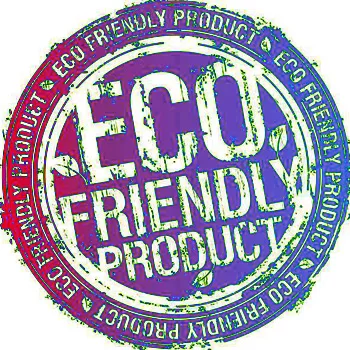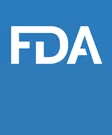Proliferation of Food Eco-Labels

The number of eco-labels in the food industry is expected to continue to proliferate in 2013. Over 200 seals and logos represent some ecological, ethical, ingredient or sustainability attributes in the global food industry. The mushrooming number of eco-labels could have adverse consequences on food safety.
The majority of eco-labels in the food industry are for organic products, which are made according to the most sustainable form of agriculture. Organic products comprise the bulk of the estimated U.S. $75 billion eco-labeled food and drink market. Most sales are from Europe and North America which have legally protected organic logos. However, many new organic labels are being introduced in Asia, Latin America and other regions. The lack of harmonization between these standards is leading to multiple certifications and an exponential rise in organic eco-labels. Over 84 countries have introduced national standards for organic products, with most having separate organic labels.
The global fair trade movement—once united by Fair Trade International (FLO) —is also fragmenting. The departure of Fair Trade USA from the umbrella organization and growing number of new fair trade schemes are increasing the number of fair trade logos and symbols. Although the Fair Trade mark of FLO is the most evident, it is no longer the single identification label for certified fair trade products.
Rainforest Alliance and UTZ Certified have well-established eco-labels for agricultural commodities, such as coffee, tea and cocoa. However, new schemes are gaining popularity for such commodities; they include Bird Friendly Coffee and Starbuck’s Coffee and Farmer Equity practices. Eco-labels are also becoming visible in other product groups; examples are Marine Stewardship Council for sustainable seafood and Certified Humane for meat products.
Concerns about the safety of genetically engineered foods have made the Non-GMO Project Verified seal the fastest growing eco-label in the U.S. food industry. Certified product sales reached US $2.4 billion in 2011. The voluntary labeling scheme is predicted to gain in popularity, while the pro-labeling movement continues to fight for mandatory labeling of genetically engineered foods.
Resource eco-labels are also making headway in the food industry. Many carbon-labeling schemes have been introduced, while companies are experimenting with water footprint labels. Major challenges for such eco-labels are standardization of methodologies and consumer communications. Additionally, lack of inclusion of food safety-related information may have adverse effects on consumers.
Growing consumer awareness of food production methods and sustainability issues has been responsible for the rise of eco-labels in the food industry. With the number and types of eco-labels proliferating, there is a concern that food producers could be discouraged to adopt eco-labels because of the growing disparity between standards and multiple certification costs. A larger concern is the effect on consumers: How can consumers distinguish between the growing number of logos and seals of organic/fair trade products, as well as differentiate them between other eco-labels? With most eco-labels representing some ethical or sustainability attributes, a wider question is whether a new umbrella eco-label will eventually emerge and unify existing ones, and whether the labels will ease consumer concern about the safety of the food items they purchase.
By Marie-Theres Wimmer, Organic Monitor.
Looking for quick answers on food safety topics?
Try Ask FSM, our new smart AI search tool.
Ask FSM →







